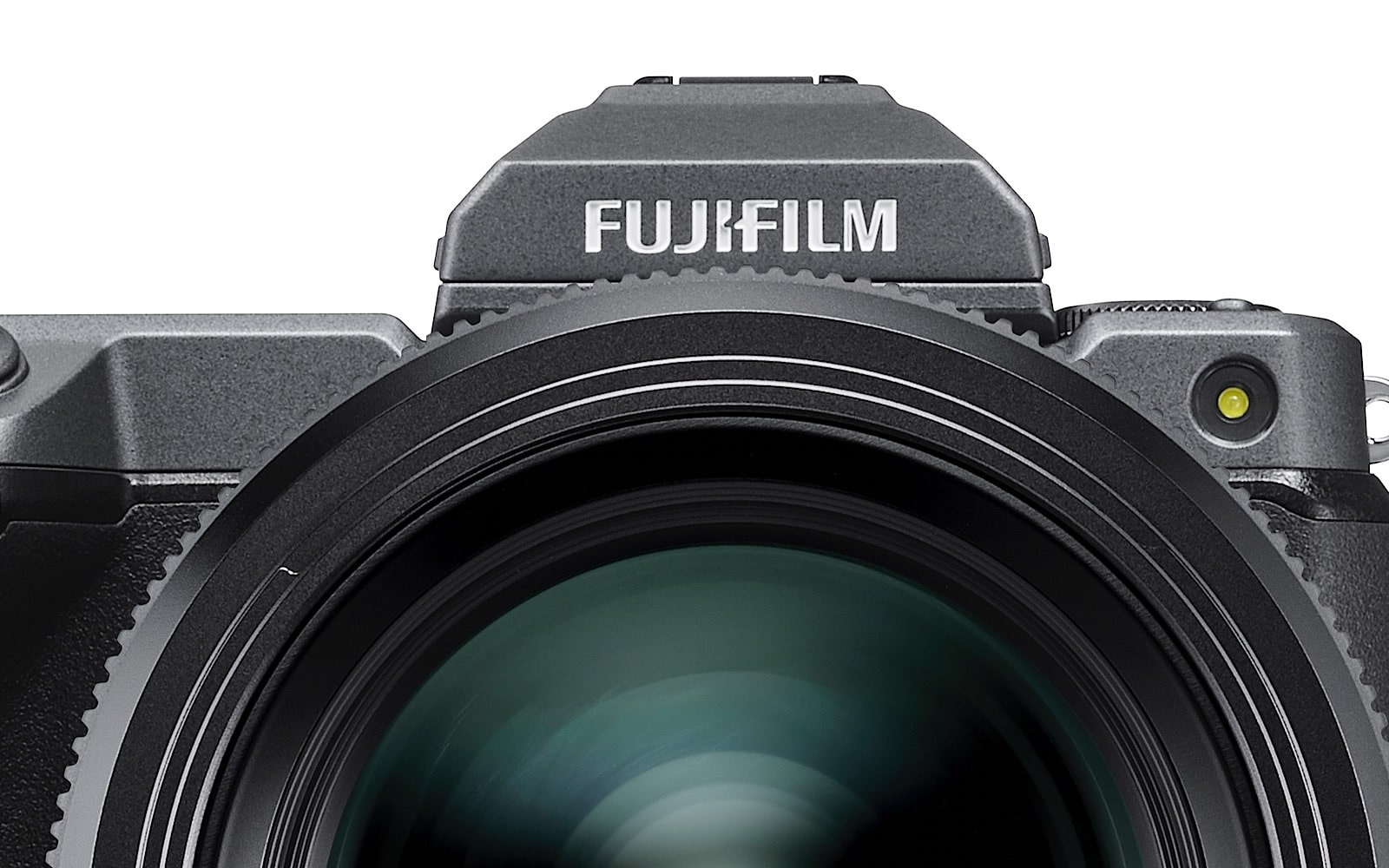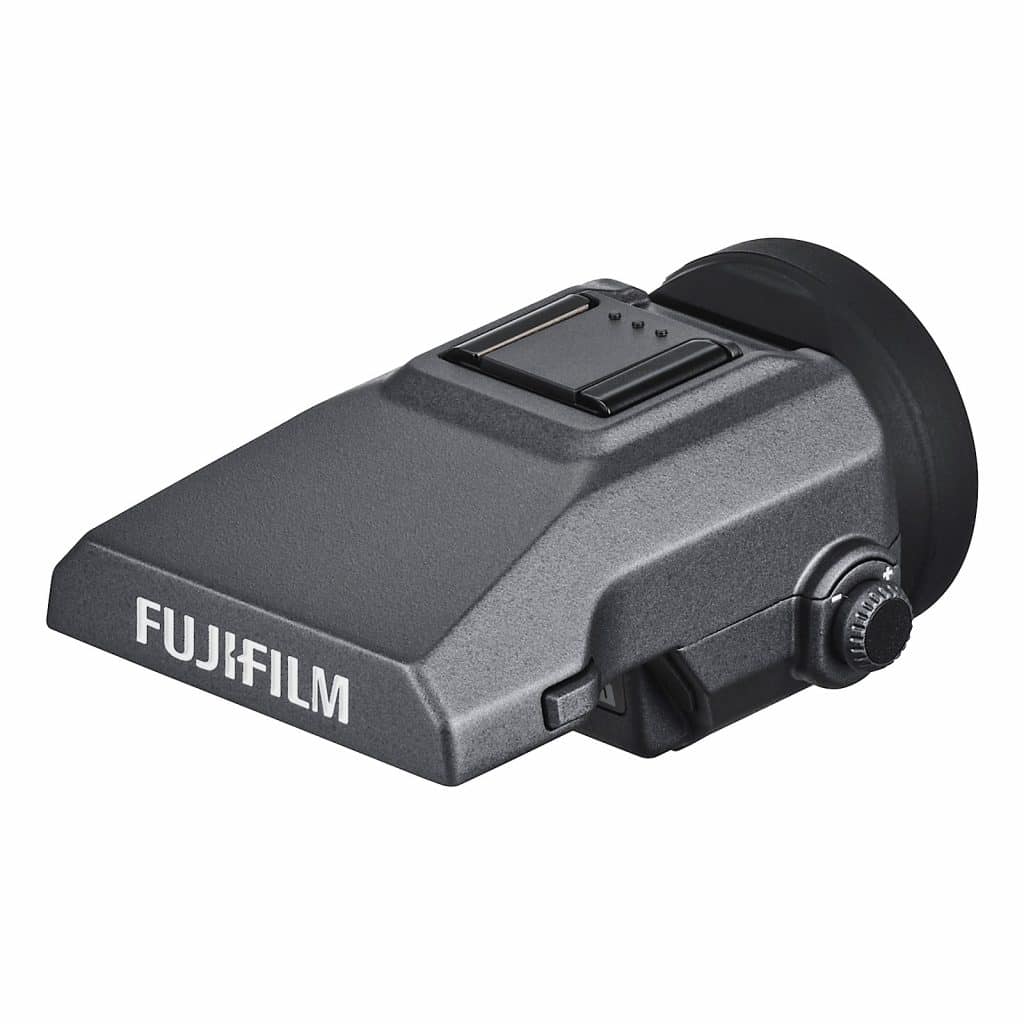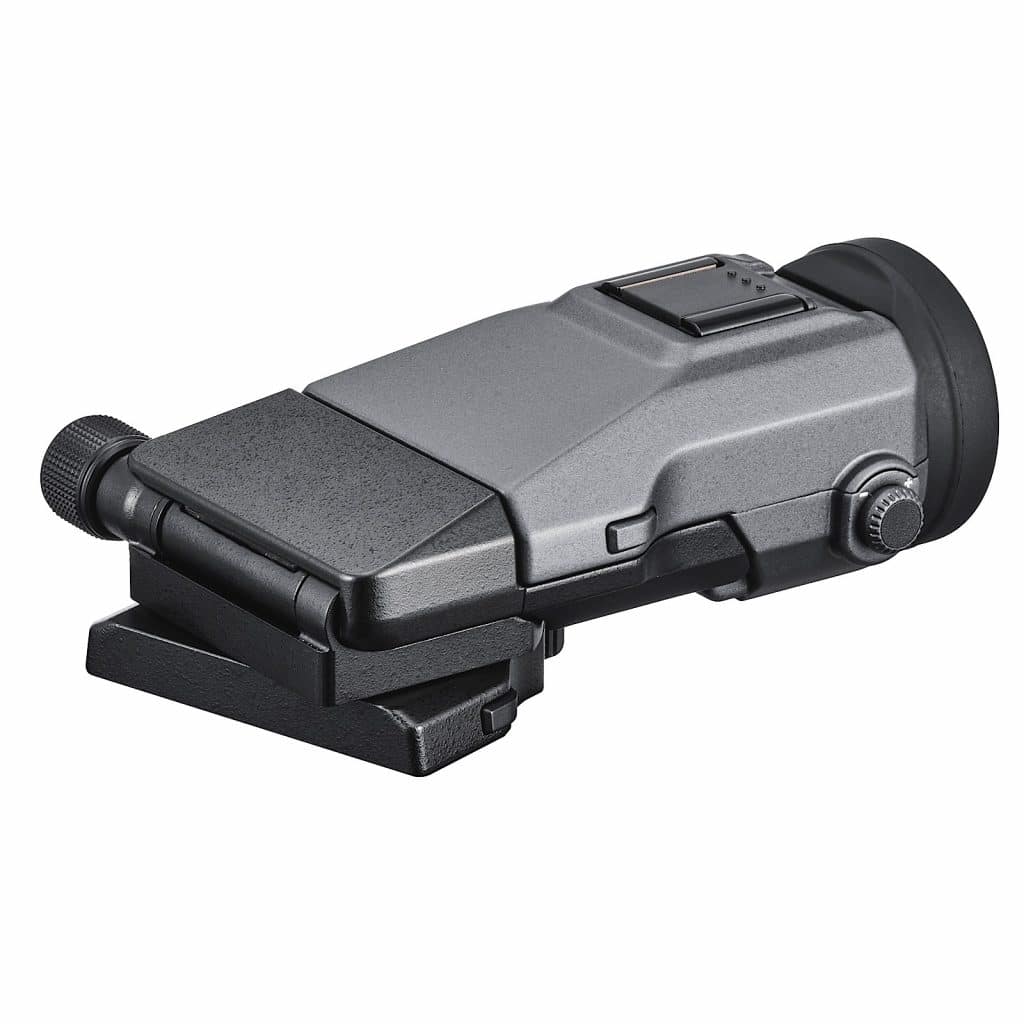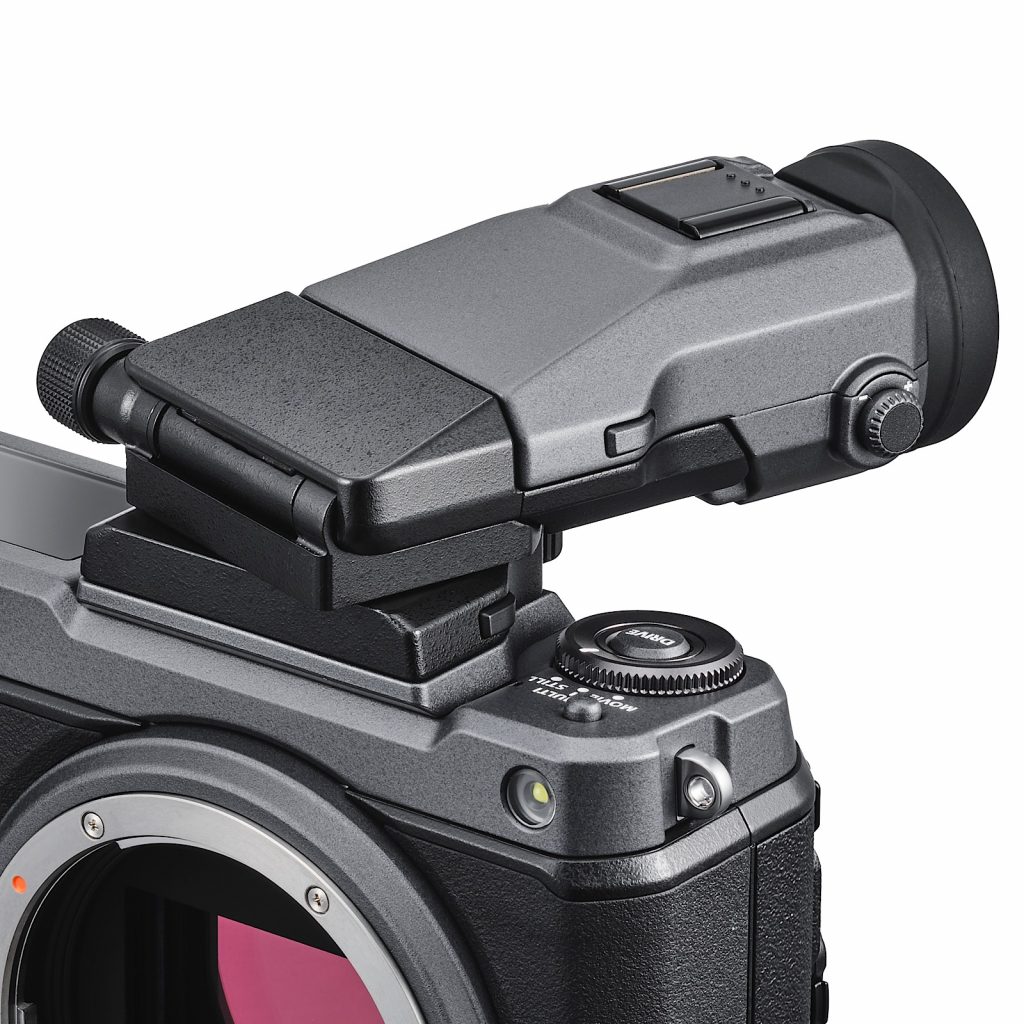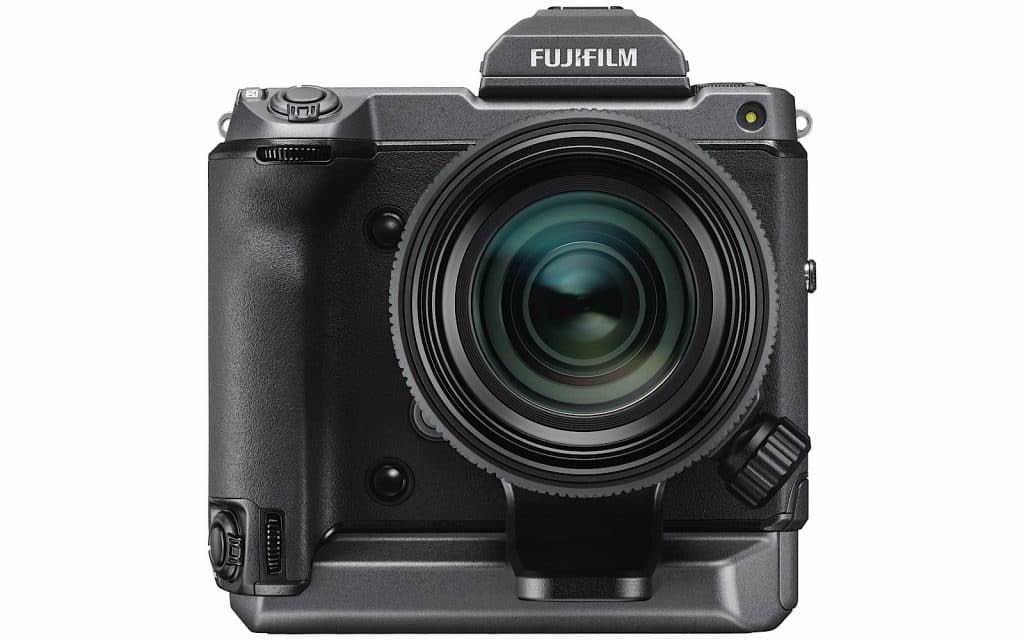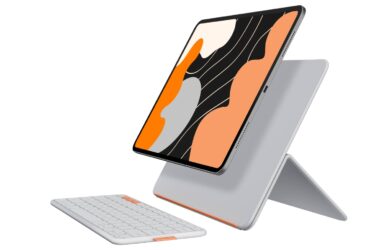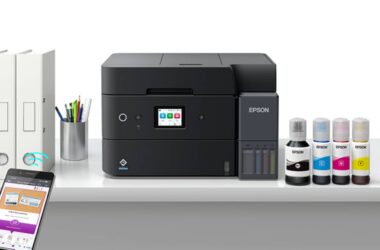If you value megapixels and detail above all, the latest camera from Fujifilm will grab you, and then your wallet.
Most photographers are generally looking for the best quality they can get, and these days, digital cameras are providing it.
Armed with great technology utilising better sensor architecture and more megapixels, photographers can capture more information quickly and easily on the latest and greatest digital cameras. And while there’s always the quest to get the best pictures, it’s often one assisted by the newest cameras, with each new generation getting better and better across the board.
At the moment, some of the best technology in the world is in the mirrorless world, an area Sony has made tremendous strides in, though we’re also seeing some strong cameras from Canon, Nikon, and Panasonic, as well.
This week, it’s Fujifilm bringing the strength, announced the largest megapixel amount for a mirrorless camera in a slightly different design, delivering not just a mirrorless camera, but one with a larger format sensor.
The Fujifilm GFX100 is something a little bit different, and while it lacks a mirror box and is therefore “mirrorless”, it isn’t your typical mirrorless camera.
Rather, it falls under the “medium format” design, increasing the size of the sensor type used in other cameras Fujifilm medium format such as the 43mm sensor in its GFX 50 variants, delivering a 55mm (diagonally) medium format sensor instead.
Closer to a medium format style camera than that of a large format one (because there are differences, most notably large format’s capture sizes measured in inches, not millimetres), that technology makes the Fujifilm GFX100 capable of capturing imagery on a bigger sensor, and it’s one that does so at a crazy 102 megapixels.

There’s also support for 4K Ultra HD video which it captures by cropping down what the sensor works in, doing so by cutting the resolution in half and oversampling 50 megapixels of data in the aspect ratio of 17:9, with support for Fujifilm’s film simulation mode “Eterna”.
Stills get the film simulation mode as well, providing 100 megapixel images in Fujifilm’s classic film emulation modes such as Provia, Velvia, Asia and Acros, with a 16-bit RAW mode supported by a new processing engine, too.
And there’s also the body, which includes an integrated vertical grip, weather sealing, and a size and weight more like a big full-frame DSLR, so you might want to think more like a Nikon D5 or Canon EOS 1Ds Mark series with this camera, complete with the body-only price, which is also similarly high.
So high that while the capability for a 102 megapixel sensor really grabs our attention and makes us yearn to want to spend an afternoon with it capturing photos of our loved ones and macros of flowers and bees, the price at $16,499 definitely gives us pause.
The lenses are not included, but part of Fujifilm’s GFX range so there are a few out there, but just like a medium format camera typically is, the Fujifilm GFX 100 is somewhat modular, supporting an interchangeable electronic viewfinder to let you go LCD only and use the rear 3.2 inch screen on the back to make the camera a little more portable. Alternatively, you can use a top down extended viewfinder if you need a different approach.
Medium format cameras have been a little more modular than 35mm cameras in the past, and so Fujifilm’s support of a little modularity is handy, even if you can’t change the back or the grip, though those elements don’t need it, unlike a traditional medium format digital camera system like those made by Phase. In fact, compared to digital camera bodies from Phase, the Fujifilm GFX 100 is downright affordable, given Phase’s camera backs — which still tend to rely on needing a medium format camera’s body from Hasselblad or Mamiya and thus aren’t mirrorless — can hit the tens of thousands of dollars just for the one part alone.
That makes the $16499 price of the Fujifilm GFX 100 a little more appealing (we said a little!), and its support for eight currently available lenses in the G mount handy, with two more set to arrive in the next two years.
You’ll find the Fujifilm GFX 100 and its lenses in photographic retailers shortly, with June penciled in for the local release.


